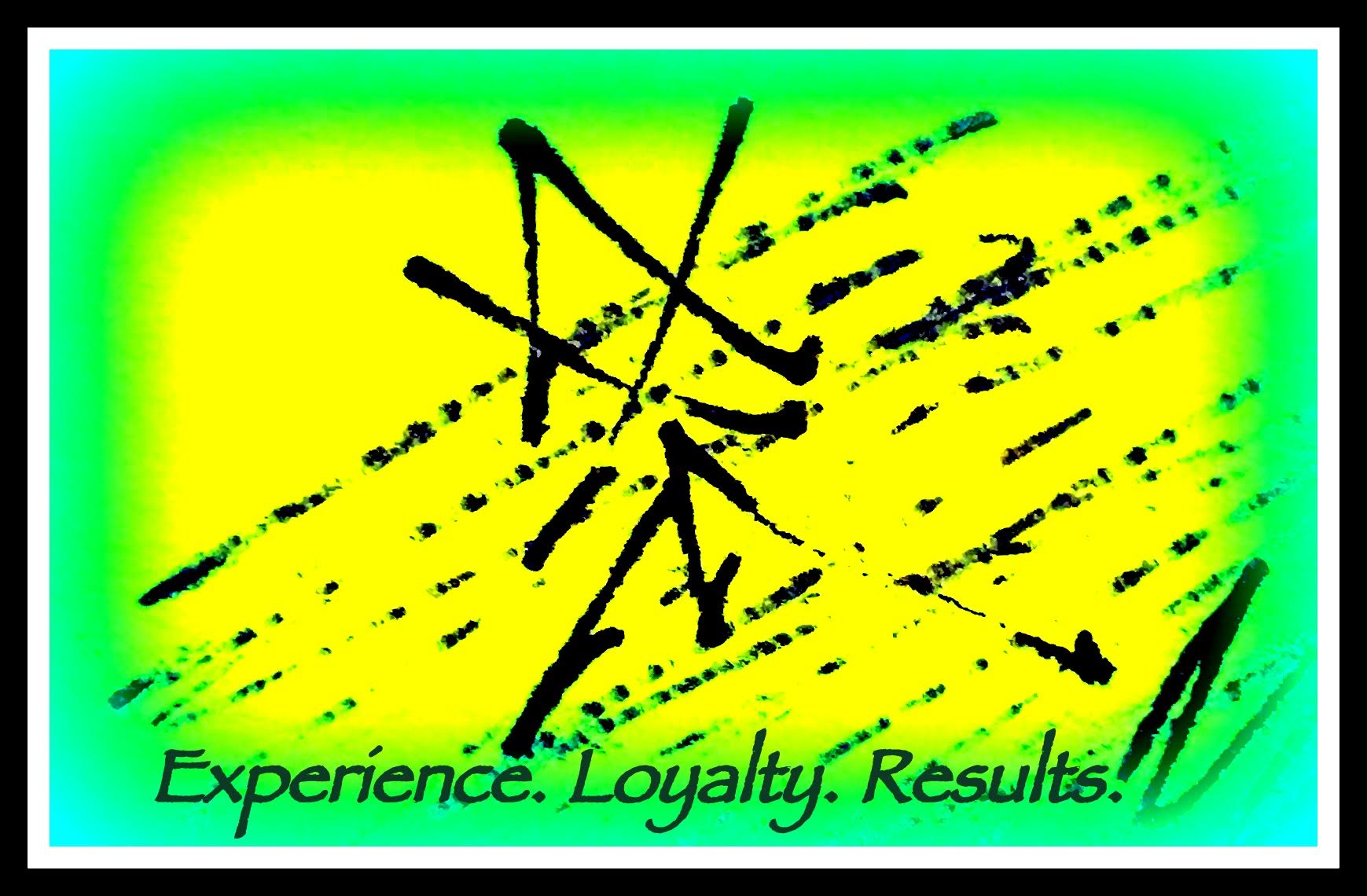Can pain be modulated by prayer? Some, perhaps many, will immediately reach for the words “placebo effect” and leave the matter at that. Others have investigated the phenomenon. Belief in something greater, something infinitely larger and more powerful––there’s more to this than can be easily explained. It has to do with tapping into a power greater than one’s own. Our minds are capable of gathering energy and strength from the outer world. Prayer is unique in that it simultaneously implicates both the inner and outer, making them one.
“Religious prayer is known to alter the experience of pain in some contexts. In a previous study, we have shown that under certain circumstances devout Protestants are able to reduce pain sensation through internal prayer, an effect that was found to be tightly linked to expectancy. Expectations have also been identified as a key mechanism underlying other types of top-down modulation of pain such as placebo analgesia. Since expectation mechanisms have a core role in modulating pain during both placebo and prayer, pain regulation by prayer might be associated to placebo-like effects in terms of neural responses and neurotransmission.”[1]
What’s occurring here? Is this a form of distraction? Or is there a physiological change occurring? We err, and err greatly, when we seek to explain everything through physical, detectable mechanisms.
“The descending control system involved in pain processing and analgesia includes both opioid and non-opioid dependent systems. The opioid dependent system is known to be particularly powerful. It originates in the mesencephalic periaqueductal gray (PAG), which via a link in the rostral ventromedial part of the medulla (RVM) projects to the dorsal horn of the spinal cord, where it inhibits nociceptive signaling neurons, including those projecting to rostral sites. Generally, placebo-mediated analgesia may recruit the opioid system. However, evidence exists to document non-opioid mechanisms in some types of placebo. In addition to more general uncertainties about the underlying neural mechanisms, it is unknown whether pain reduction associated with religious coping strategies is related to the function of the opioid-dependent control system or if it relies on a non-opioid-linked mechanism.”[2]
“I have been driven many times upon my knees by the overwhelming conviction that I had no where else to go. My own wisdom and that of all about me seemed insufficient for that day.” —Abraham Lincoln. Cynics reach for the easiest, closest answer––prefabricated, mass-produced, ready-made. They’re too sure of themselves, and thus ultimately unsure. They place their faith in the holy grail of rules and formulas, they “evaluate,” they “analyze”––they too are adrift at sea, searching the sky for what looks to be the North Star.
“According to the International Association for the Study of Pain (IASP), physical pain is defined as the unpleasant sensory and emotional experience associated with actual or potential tissue damage or described in terms of such damage. Physical pain is often associated with a noxious physical stimulus. However, painful experiences are triggered not only by noxious stimuli but also by events, feelings, and thoughts that usually lead individuals to experience a form of pain that recently has been defined as social pain (although it incorporates also aspects of a more general feeling of pain not necessarily associated to social events). Social pain is thought to derive from social exclusion, rejection, loss and grief and generally is described as intense as actual, physical pain.”[3]
Merely looking at something sacred, while enduring pain, lessens the sensation:
“One of her most striking experiments tested the common observation that religious faith helps people cope with pain. Comparing the neurological responses of devout Catholics with those of atheists, she found that the two groups had similar baseline experiences of pain, but that, if the subjects were shown a picture of the Virgin Mary (by Sassoferrato, an Italian Baroque painter) while the pain was administered, the believers rated their discomfort nearly a point lower than the atheists did.”[4]
Cynicism is common, particularly in a contested proceeding, since it can be used too easily to paint a false veneer of certainty and knowingness. The words “of course” and “surely”––most often, not. A cynic is one who too often chooses glib falsity over ineffable truth. In a lawsuit, perhaps the better approach is to cast aside cynicism, arrogance, and sarcasm and replace these with a simple parchment-book phrase such as “The truth exists––and it exists notwithstanding how others may choose to view it.” Such a mindset is both humbling and empowering––and, as many come to learn, such power is limitless.
[1] Else-Marie Elmholdt, Joshua Skewes, Martin Dietz, Arne Møller, Martin S. Jensen, Andreas Roepstorff, Katja Wiech, Troels S. Jensen, Reduced Pain Sensation and Reduced BOLD Signal in Parietofrontal Networks during Religious Prayer, Front. Hum. Neurosci. 28 June 2017.
https://doi.org/10.3389/fnhum.2017.00337
[2] Id.
[3] Id.
[4] Nicola Twilley, Seeing Pain, The New Yorker (Pg.21)(July 2, 2018)




